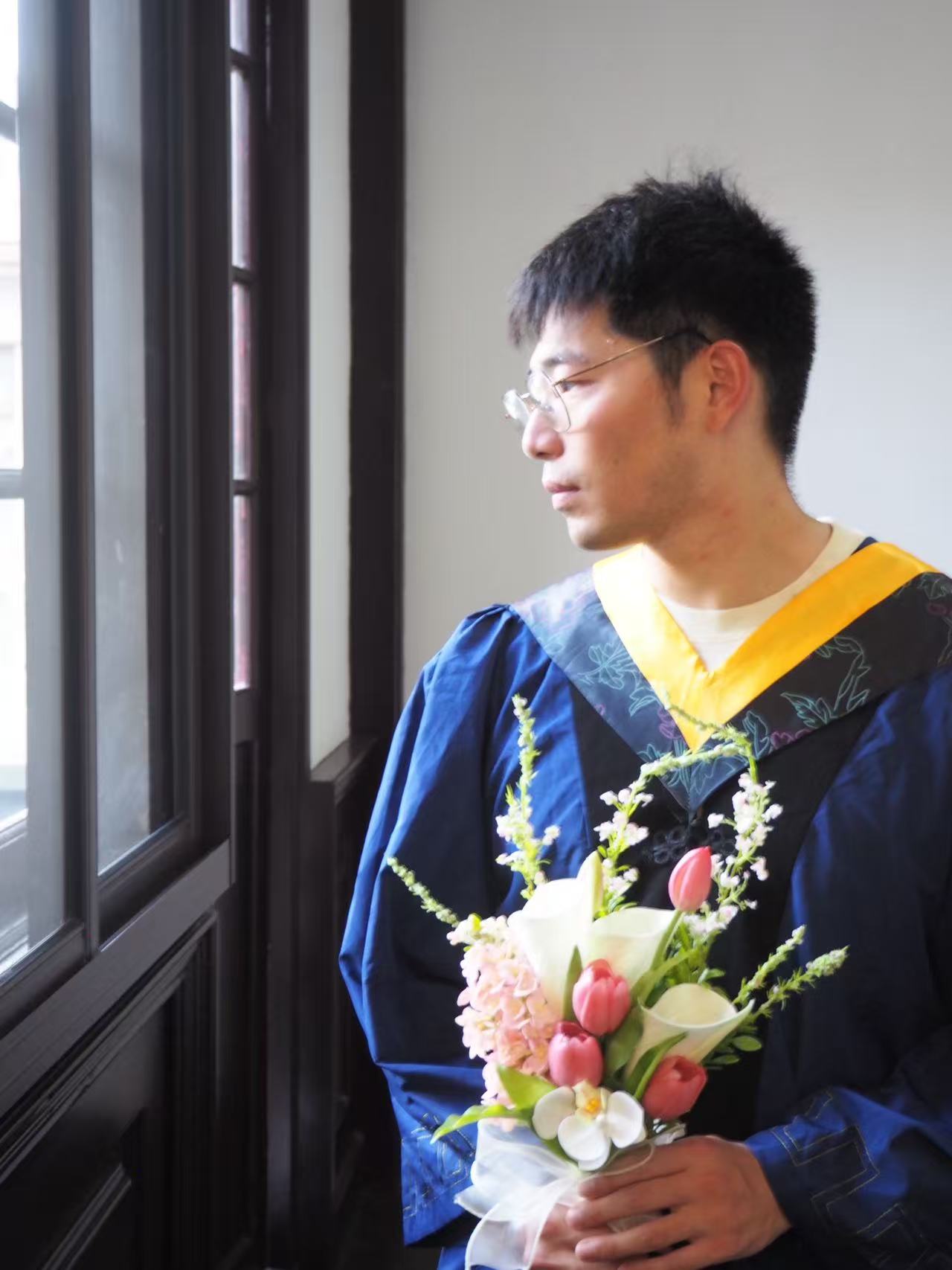Congratulations to Bao Shengqi on his graduation!
Bao Shengqi, graduated from Shanghai University as an undergraduate and started his academic master’s degree in the School of Computer Engineering and Science at Shanghai University in 2022. Bao Shengqi has been studying in Yuexing Han’s research group since his senior year of undergraduate study to research on image processing related technologies and applications, and has continued and advanced the following research under the careful guidance of Mr Han:
-
A lightweight deep learning method based on unimodal feature decoupling is proposed to solve the task of predicting the authenticity of calcite PUF anti-counterfeiting labels in view of the complexity of multilevel features in functional material images. The feature decoupling strategy separates the learning of macroscopic and microscopic features into independent stages, which reduces the interference between different layers of features. To meet the high efficiency and low latency requirements, a lightweight divergent convolution network is designed, whose core divergent convolution mechanism significantly reduces the computational complexity. At the same time, the extra angle boundary loss function is used to enhance the discriminative ability of the features by increasing the inter-class distance and reducing the intra-class differences. In order to achieve effective rejection of unknown samples, a geodesic metric is proposed to predict the sample authenticity based on the geodesic distance in high-dimensional manifold space.
-
Aiming at the problem of difficult fusion of multimodal heterogeneous data features of functional materials, a lightweight deep learning method based on multimodal feature fusion is proposed to solve the task of predicting the properties of calcium alginate/graphene composites. By designing a table-driven feature fusion network, two heterogeneous data sources, namely image and table, are effectively integrated. The network contains two core modules: form-guided visual semantic enhancement module and gated feature fusion module. The table-guided visual semantic enhancement module uses table information to guide visual feature learning for deep cross-modal alignment and enhancement; the gated feature fusion module performs effective inter-modal interaction, alignment and adaptive weighted fusion through cross-attention and gating mechanisms. Meanwhile, to ensure computational efficiency, the network adopts lightweight design such as shunt convolution and Mamba.
During his three years of postgraduate study at Shanghai University, Bao Shengqi has worked hard to enhance his professional knowledge, and has made many good friends and mentors. We hope that Bao Shengqi will not forget his original intention and keep his mission in mind in the future, and that he will overcome the obstacles and move forward.
Essay: Research on Feature Processing and Prediction Methods for Functional Material Data
